#theridiidae
Photo

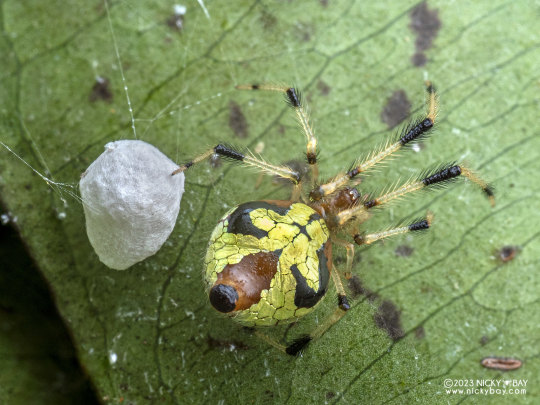
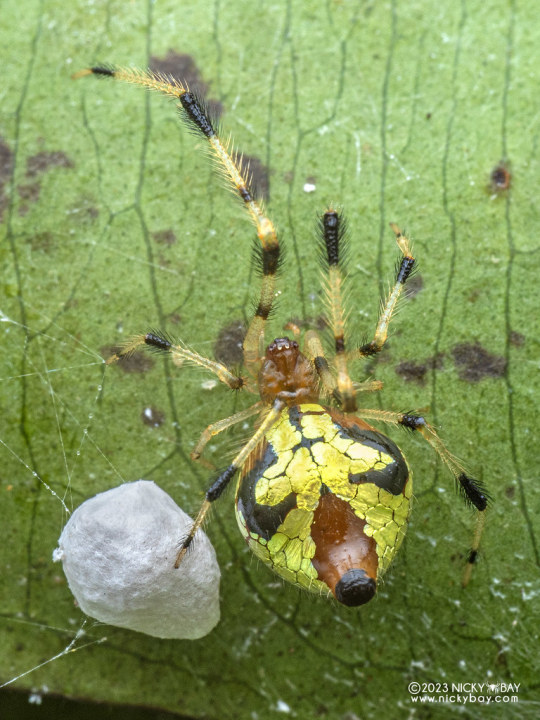
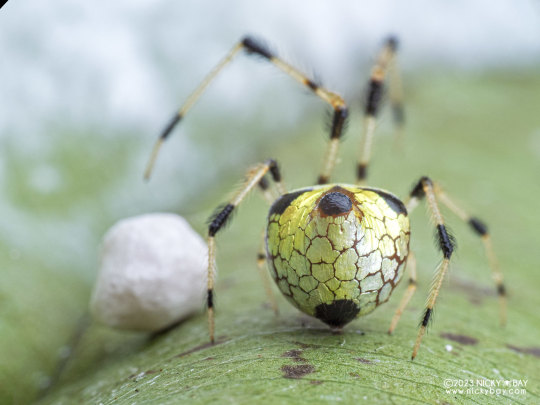
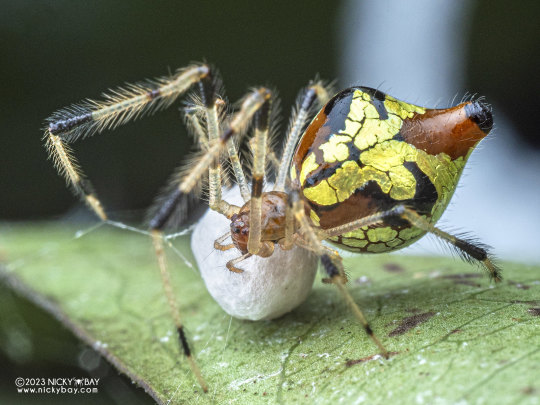
Yellow comb-footed spider female with egg sac, Chrysso scintillans?, Theridiidae
Photographed in Thailand by Nicky Bay // Website // Facebook
Shared with permission; do not remove credit or re-post!
#animals#curators on tumblr#bugs#arachnids#spider#cobweb spider#theridiidae#yellow comb footed spider#egg sac#one nice bug
453 notes
·
View notes
Text
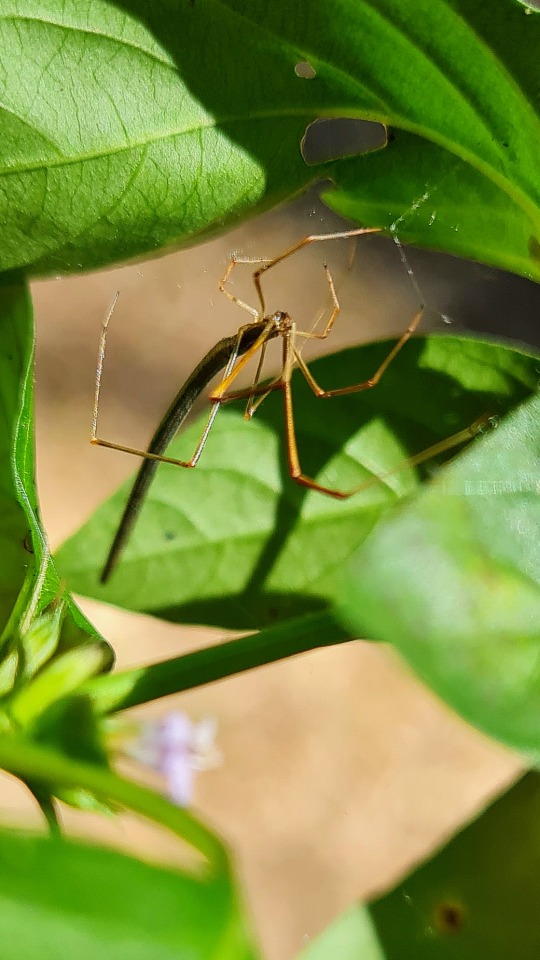

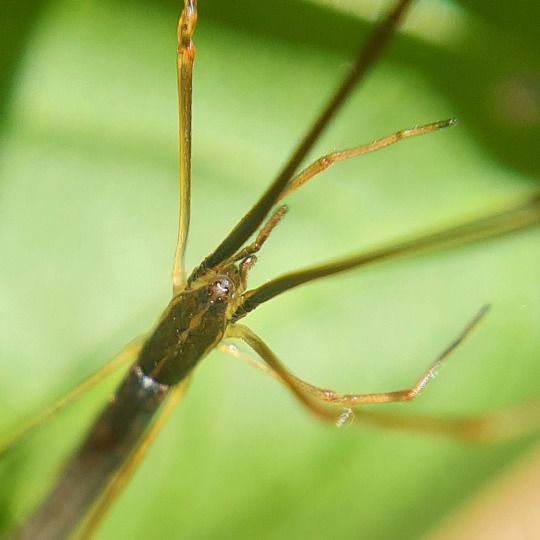
Saw my first whip spider today, such a long tail! when she was settled, she'd lay flat and look like a floating stick, but I sadly couldn't get a picture of that behaviour. Got some excellent macros of her face though!
Whip spider, female (Ariamnes colubrinus) on Dyschoriste (Dyschoriste depressa).
#ljsbugblog#bugblr#entomology#arachnids#spiders#whip spider#ariamnes colubrinus#araneoidea#theridiidae#macro
311 notes
·
View notes
Text
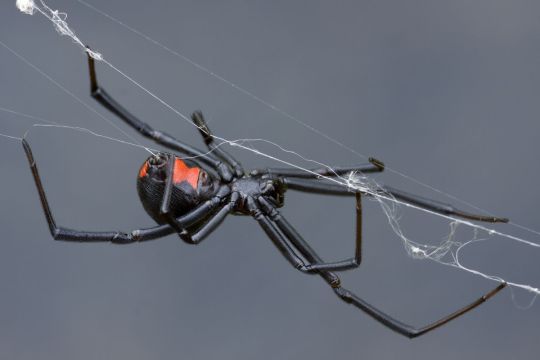
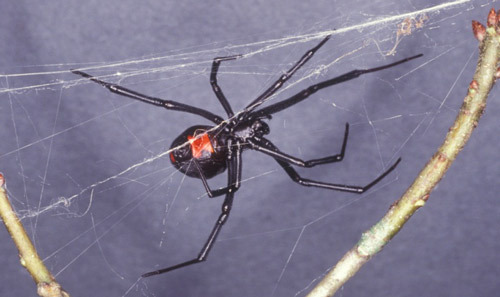
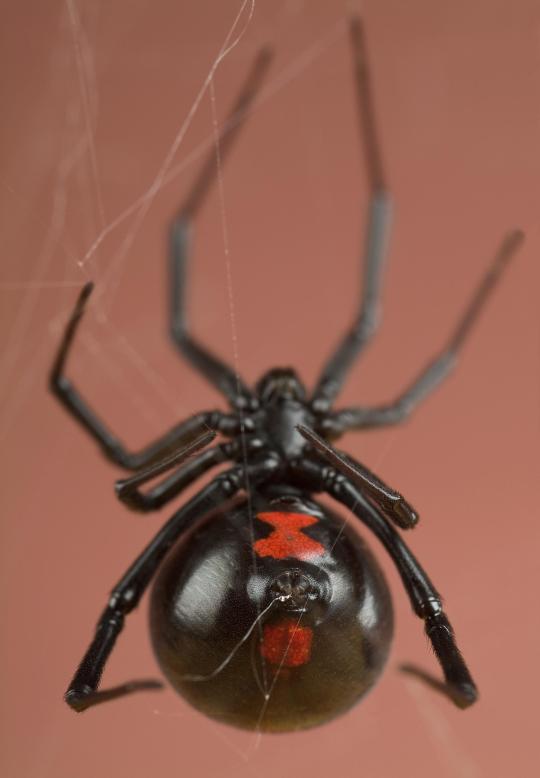
No Tears for the Southern Black Widow
Latrodectus mactans, more commonly known as the southern black widow, is the most common species in the black widow family. While it can be found throughout North America, they are found most often in the southern United States. Within this wide range, L. mactans enjoys a variety of habitats. They prefer areas that are close to the ground, dark, and sheltered; in the wild this may mean dense brush or under logs, while in inhabited areas they may be found in basements, log piles, or under trash lids.
In addition to being the most common black widow, L. mactans is also the largest member of the family Theridiidae. The females are larger than the males, averaging at about 8-10 mm (0.31- 0.39 in) in length and weighing about 1 g (0.04 oz); however the male's legs are generally longer than the females. Both males and females are black, with small thoraxes and extremely large, round abdomens. The female can be distinguished by the iconic red hour-glass shape on the underside of her abdomen, while the male has 4 pairs of red and white stripes on each side of his abdomen.
The southern black widow is mainly solitary, spending most of its time in or near its web. Only the females live long enough to build a web for catching prey, and are the sole source of black widow bites. While bites do require medical attention, no human fatalities have been reported since 1983.
During the day, females hang in the center of the web to expose the bright red warning on their abdomen; when startled they drop to the ground and play dead. Though the webs they construct are haphazard-- the stereotype of cobwebs-- they are extremely strong and are capable of catching woodlice, millipedes, centipedes, other spiders, and occasionally small mice. Once an animal becomes trapped in L. mactan's web, the spider envenoms its prey and wraps it in a thick cocoon. After the animal dies the spider injects it with digestive enzymes and consumes the resulting fluid. Despite their strong venom, the southern black widow can be victim to several predaotrs; namely wasps, the brown widow spider, praying mantises, and large centipedes.
The southern black widow mates primarily in the spring and summer. Mature males build small webs and deposit semen along the threads. He then coats his mouthpieces-- palps-- with sperm and sets out to find a female mate. To court her, he vibrates the threads of her web until she is receptive. On rare occasions, a displeased female may eat the male. Afterwards, if he survives, the male leaves the females web and dies soon afterwards. From just one encounter, the female can store enough sperm to last her a lifetime of reproductive cycles.
After fertilization, the female builds a small web where she lays her egg sac, which can contain up to 400 eggs. She guards these eggs until they hatch about 20 days later, and immedietly disperse to establish their own territories. Until they become fully mature, at about 90 days old, juveniles have no venom and are extremely vulnerable to predators- including adult black widows. Typically only about 30 individuals from a single clutch survive to adulthood. Once mature, males can live for only one year, while females can live up to three years in the wild.
Conservation status: The IUCN has not evaluated the southern black widow, but due to its large range and population size it is considered stable. It is able to adapt to most habitats, and thus the species' only threat comes from extermination via pest control.
If you send me proof that you’ve made a donation to UNRWA or another organization benefiting Palestinians, I’ll make art of any animal of your choosing.
Photos
Mark Kostich
James L. Castner
Meghan F. Murphy
#southern black widow#Araneae#Theridiidae#black widows#true widows#tangle-web spiders#cobweb spiders#spiders#arachnids#arthropods#generalist fauna#generalist arthropods#urban fauna#urban arthropods#north america#southern north america
74 notes
·
View notes
Text
Spintharus flavidus, hiding ❤️

43 notes
·
View notes
Text
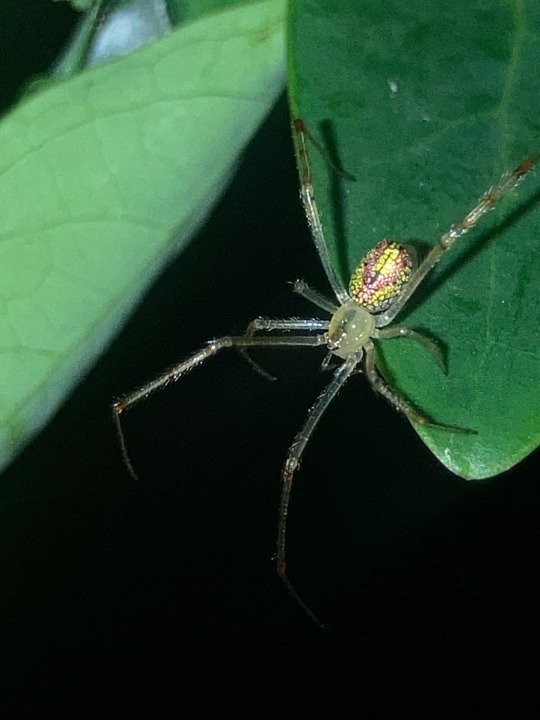
they made a stained glass window with legs
40 notes
·
View notes
Text
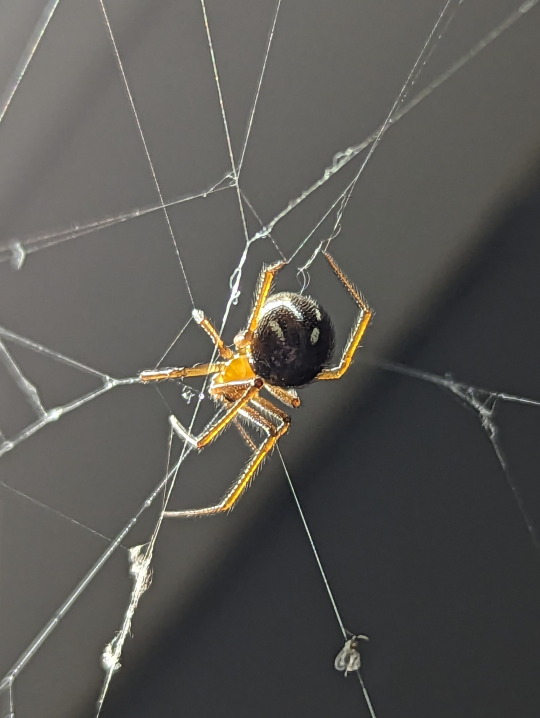

Cobweb Spider spotted in a bathroom.
08/09/23 - Araneae: Nesticodes rufipes (?)
QLD:WET - El-Arish to Tully road
#invertblr#invertebrates#Arthropods#Arthropoda#bugs#bugblr#bug#bugs tw#Nesticodes rufipes#Red House Spider#Theridiidae#Cobweb Spiders#Araneae#spiders#spiders tw#Arachnida#Arachnids#Chelicerata#Chelicerates
42 notes
·
View notes
Text




Found some more western black widows (Latrodectus hesperus) still hanging on for winter!
TOP LEFT: mature male inside the webbed “retreat” built at the upper corner of a female’s web
TOP RIGHT: the female came back (that’s the male in the foreground)
BOTTOM LEFT: clearer view of the male loitering in the female’s web after being kicked out of her room
BOTTOM RIGHT: other female living a couple yards away, who is not involved in this real estate conflict
35 notes
·
View notes
Text
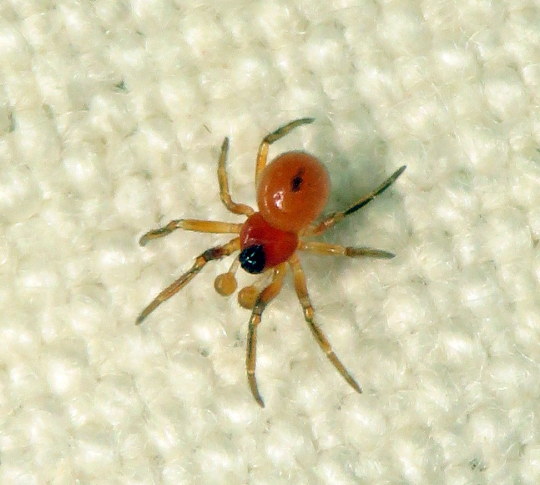
Bug of the Day - Arachtober!
This adorable little cobweb spider (Thymoites sp., maybe) popped up so bright red on the beat sheet!!
162 notes
·
View notes
Text

Lyric cobweaver I think
19 notes
·
View notes
Note

this is maul and he's an arachnophobe, it would be objectively hilarious to assign him a spider
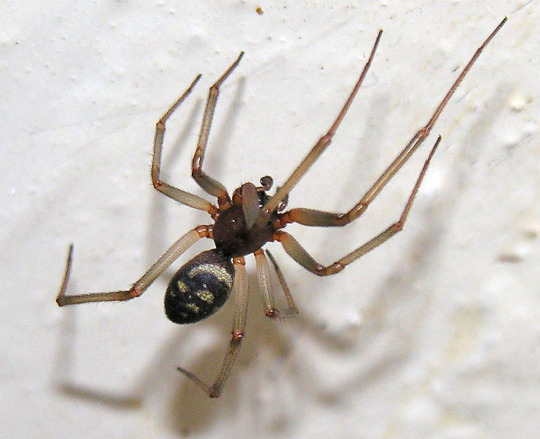
Steatoda grossa of the family Theridiidae! Also known as the False Black Widow! Females of this species have α-latrotoxin in their venom, same as Black Widows, but for reasons we are still studying, it is much less dangerous to vertebrate than their cousins!
3 notes
·
View notes
Text

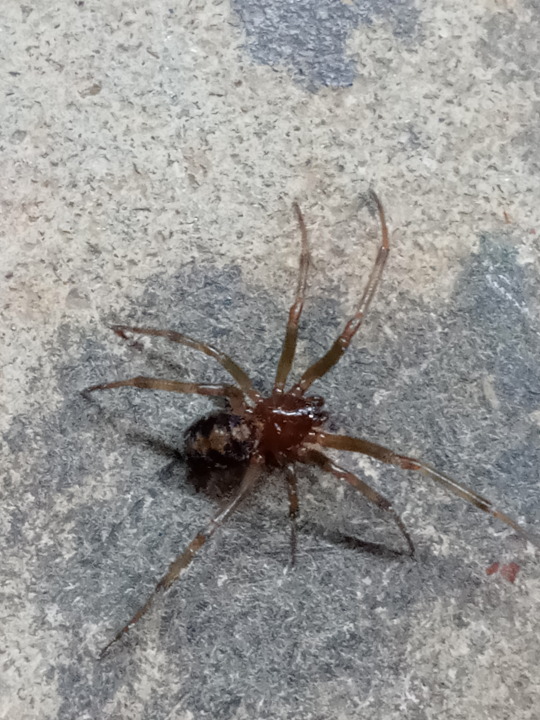
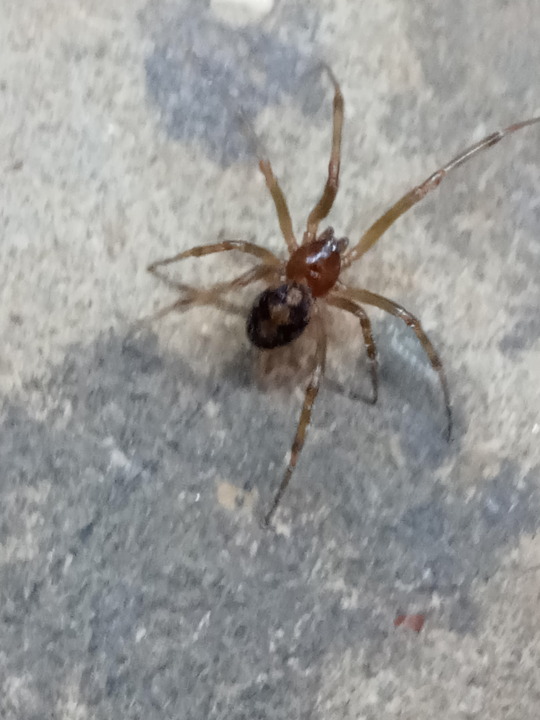

#Spider#Spiders#Arachnid#Arachnids#arachnophobia#Cobweb spiders#theridiidae#Photos#Photo#Arthropods#Arthropod#Wasp House Sights
14 notes
·
View notes
Photo
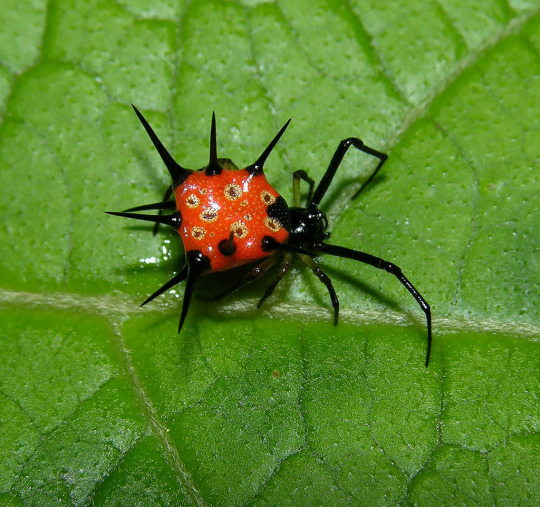
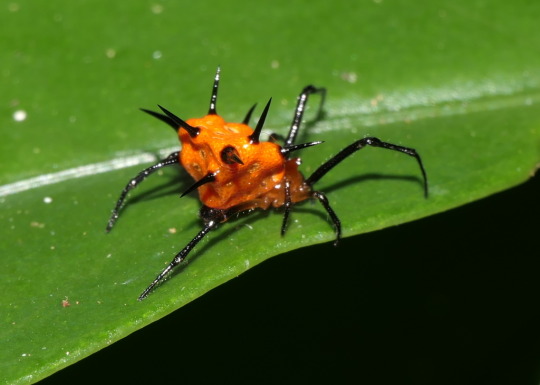

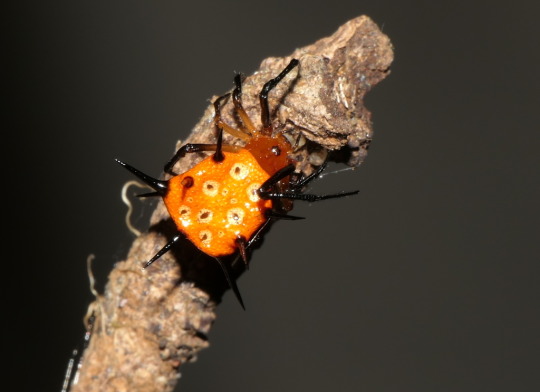
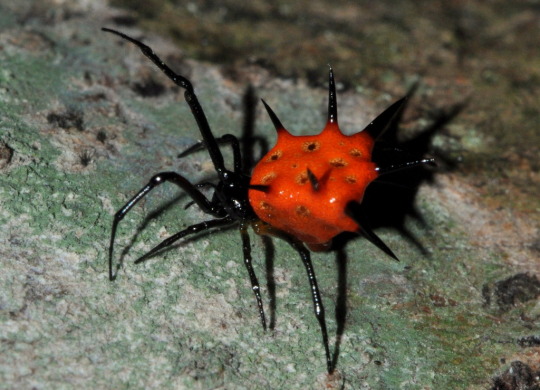
Spiny mushroom comb-footed spider, Phoroncidia thwaitesi, Theridiidae
Found in Sri Lanka
Photo 1 by artanker, 2-4 by blackdogto, and 5 by shanelle97
#animals#bug#arachnids#spider#cobweb spider#theridiidae#mushroom comb footed spider#spiny mushroom comb footed spider#Phoroncidia#one nice bug
1K notes
·
View notes
Photo

25 notes
·
View notes
Text
Spiders around the garden
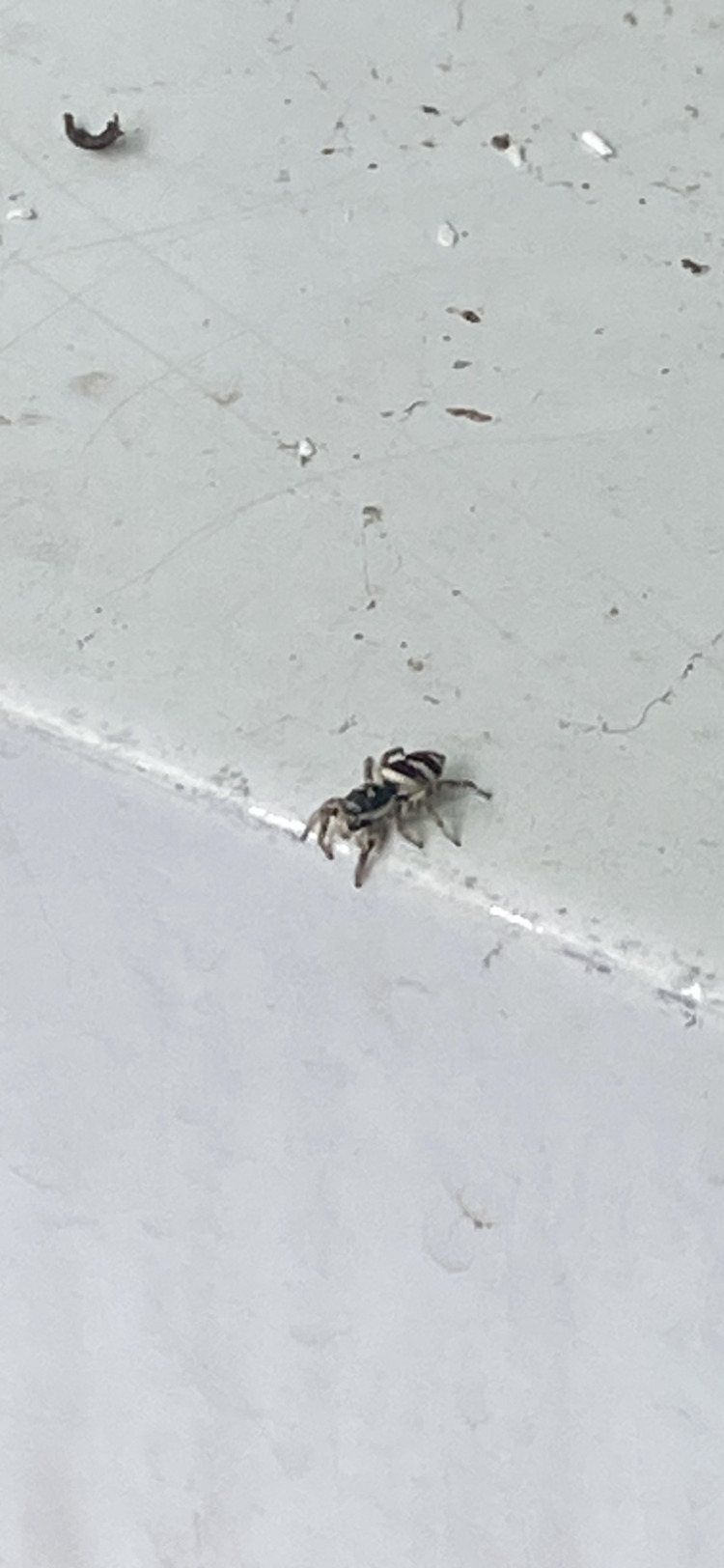
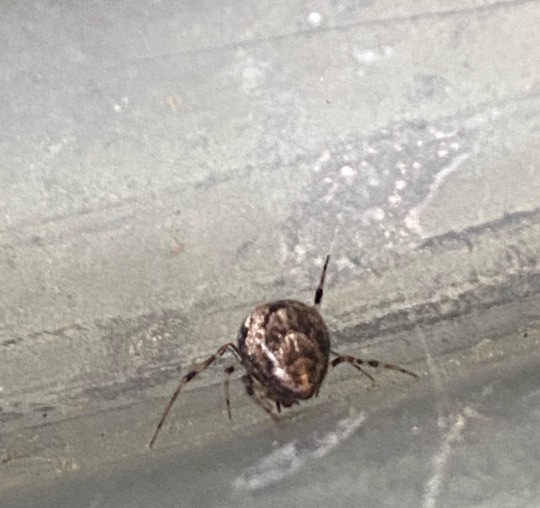
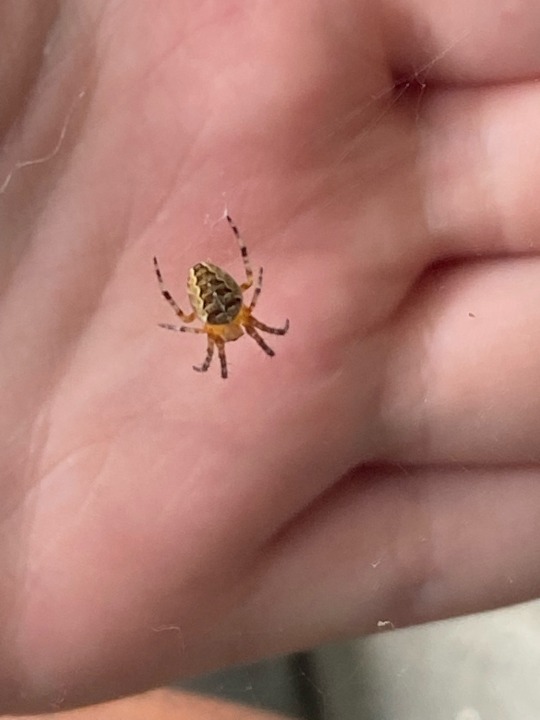
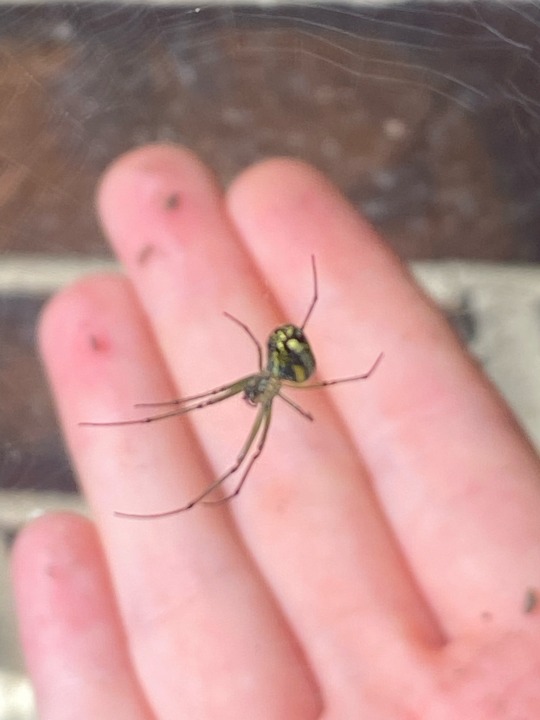
#such cuties!!!#spiders#arachnids#nature#nature photography#bugs#entomology#Salticidae#Theridiidae#araneidae#Tetragnathidae#araneae#my photos
44 notes
·
View notes
Text
🎶"I've got orb but I'm not an orb weaver/
I'VE GOT ORB BUT I'M NOT AN ORB WEAVER/
I'VE GOT ORB BUT I'M NOT AN ORB WEAVER..."🎶
(She's theridiidae, maybe Crustulina)
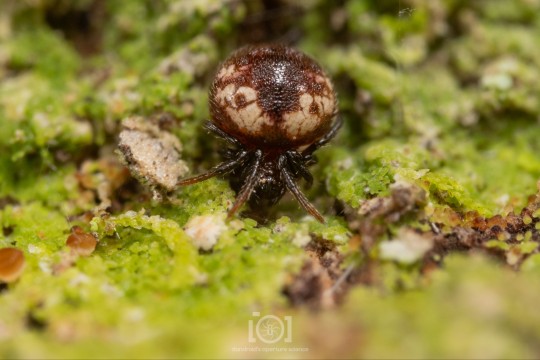
66 notes
·
View notes
Text

Latrodectus hasselti
11-APR-2023
Melbourne, Vic
#australia#victoria#melbourne#australian natives#native fauna#bug#arthropod#spider#redback spider#redback#australian black widow#arachnids#invertebrates#arthropoda#chelicerata#arachnida#araneae#araneomorphae#theridiidae#latrodectus#latrodectus hasselti#besser block
2 notes
·
View notes